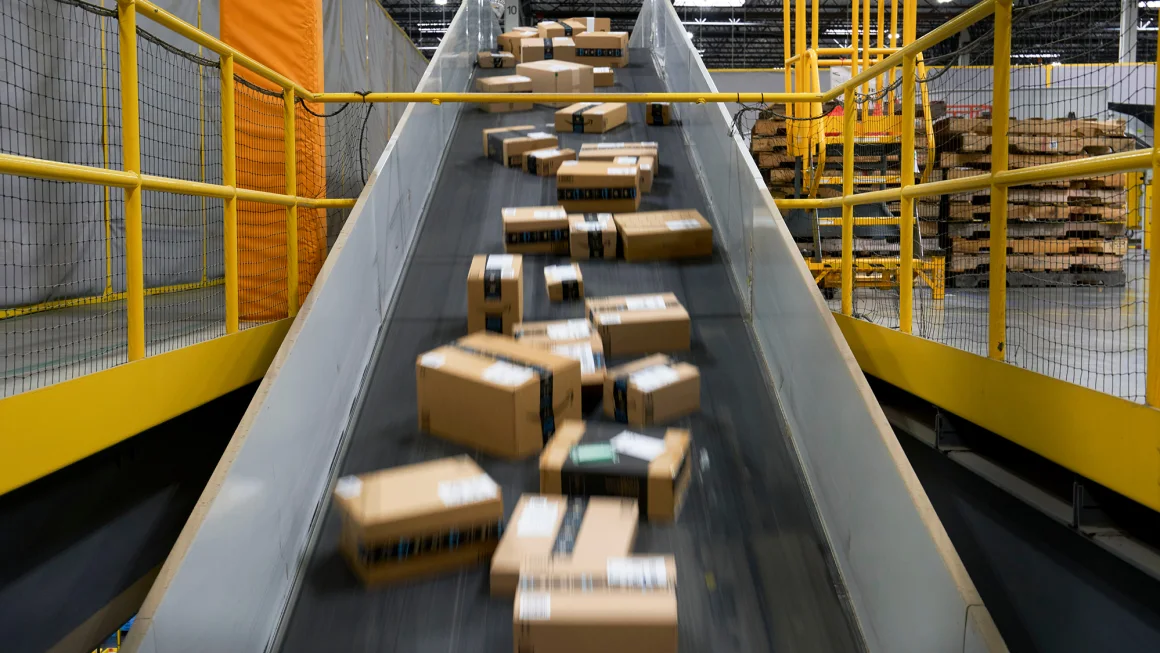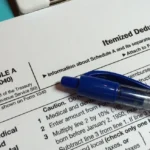The Challenge of Recycling Wind Turbine Blades: Solutions in the Works
As the first wave of wind turbines built in the late 1990s and early 2000s begins to decommission, the issue of what happens to these giant structures at the end of their lifespan is becoming increasingly pressing. One notable example is Scotland’s Hagshaw Hill, the oldest commercial wind farm, where cranes are currently dismantling turbines that have been operational for 28 years.
These turbines are being replaced with more efficient models capable of generating up to 10 times more electricity, but the disposal of the old turbine blades presents a significant challenge. Traditionally, wind turbine blades, made of fiberglass and epoxy resin, have been disposed of in landfill sites. However, many countries, including Germany and the Netherlands, have begun banning this practice, making it increasingly unsustainable.
Innovative solutions are emerging to address the growing problem. At a local level, some have found creative uses for old blades, repurposing them into playgrounds or bike sheds. However, experts predict that by 2050, there could be as much as 43 million tonnes of wind turbine blade waste, highlighting the need for a scalable solution.
Scientists and startups are focusing on ways to break down the tough materials used in the blades. Dr. Claire Barlow, a sustainability engineer from the University of Cambridge, explains that to extract value from the materials, the fibers must be separated from the resin. Traditional methods, such as using decommissioned blades in cement kilns, are energy-intensive and not always effective.
A promising approach is being tested by the University of Strathclyde, which uses a high-temperature air stream to break down the blades into smaller pieces, allowing the glass fibers to be separated and reused. The technology is still in the pilot stage, but its potential could make a significant impact on recycling turbine blades on a larger scale.
Danish company Vestas, Europe’s largest wind turbine producer, has also developed a chemical solution to break down the blades into reusable materials. This process has the advantage of being less energy-intensive and using readily available chemicals. Vestas has already recycled 475 end-of-life blades in 2022, with plans for further scale-up.
If these technologies succeed, they could not only solve the problem of future wind turbine blade waste but also help recycle the significant amount of historical waste already stored in landfills or awaiting disposal.
The future of wind turbine blade recycling looks promising, with new materials being developed for turbine blades that may be easier to break down. The next few years will be crucial in determining whether these technologies can be scaled effectively without harming the environment. As Dr. Barlow puts it, “that really is the silver bullet.”














